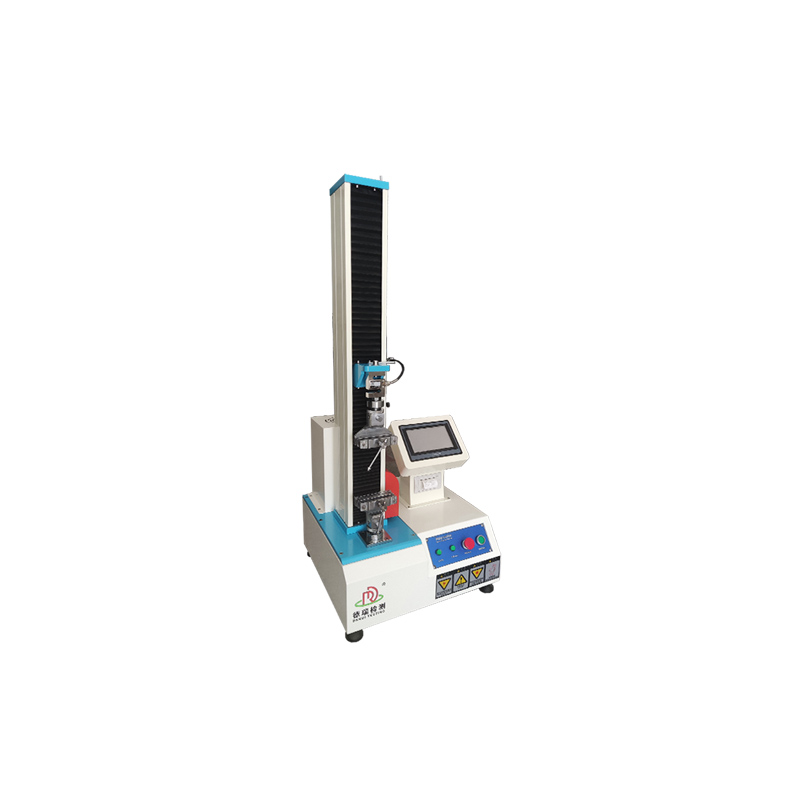
Safety Belt Testing Tensile Machine
2300.0 USD ($)/Unit
Product Details:
- Capacity 5-200 Kg
- Power 220 Volt (v)
- Machine Speed 50-300 mm/m
- Application Industrial Labs
- Product Type Safety Belt Testing Tensile Machine
- Color White
- Dimension (L*W*H) 450*400*1360 Meter (m)
- Click to view more
X
Safety Belt Testing Tensile Machine Price And Quantity
- 1 Unit
- 2300.0 USD ($)/Unit
Safety Belt Testing Tensile Machine Product Specifications
- Industrial Labs
- 50-300 mm/m
- 220 Volt (v)
- 5-200 Kg
- 450*400*1360 Meter (m)
- White
- Safety Belt Testing Tensile Machine
Safety Belt Testing Tensile Machine Trade Information
- Cash in Advance (CID)
- 50 Unit Per Month
- 10 Days
- Contact us for information regarding our sample policy
- All India
Product Description
Safety Belt Testing Tensile Machine Product Features
Safety Belt Testing Tensile Machine Product Advantages
|
Item |
Parameters |
|
Load Capacity |
5-200kg |
|
Load cell brand |
China brand |
|
Motor |
90W OPG adjustable-speed motor |
|
Drive |
90W drive |
|
Screw |
Screw |
|
Control Way |
LED with built-in printer |
|
Speed |
Adjustable speed 50-300mm/min |
|
Max.Stroke |
900mm (including clamps) |
|
Load Resolution |
1/250,000 |
|
Load Accuracy |
0.5% |
|
Unit Switching |
gf/kgf/N//kN/LBf/T |
|
Dimension |
(L*W*H) 450*400*1360mm |
|
Weight |
Approx. 45KG |
|
Power |
1 AC 220V |
FAQ OF Safety Belt Testing Tensile Machine:
Tell us about your requirement

Price:
Quantity
Select Unit
- 50
- 100
- 200
- 250
- 500
- 1000+
Additional detail
Mobile number
Email



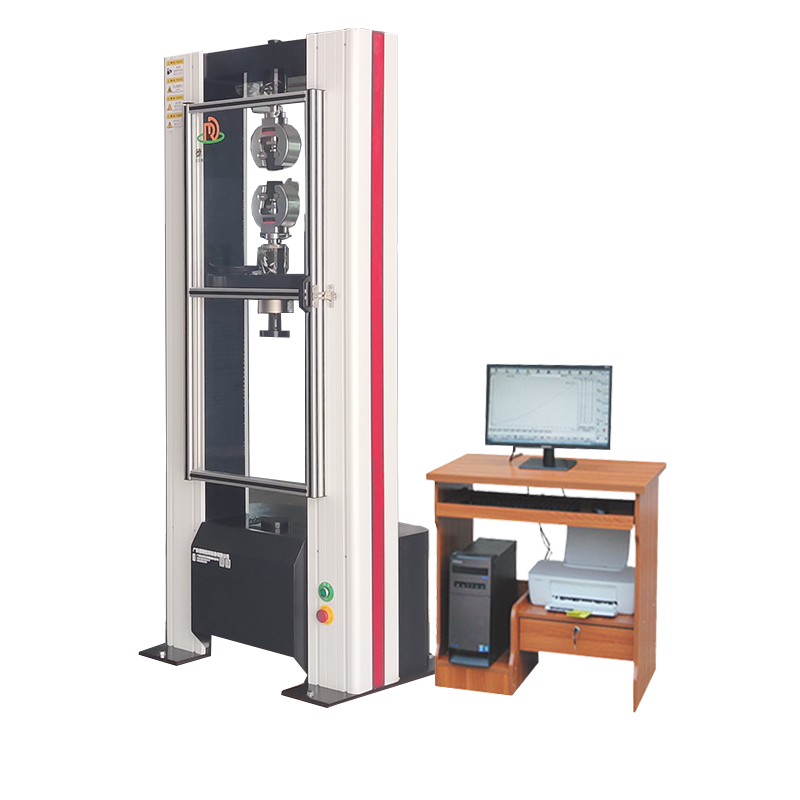
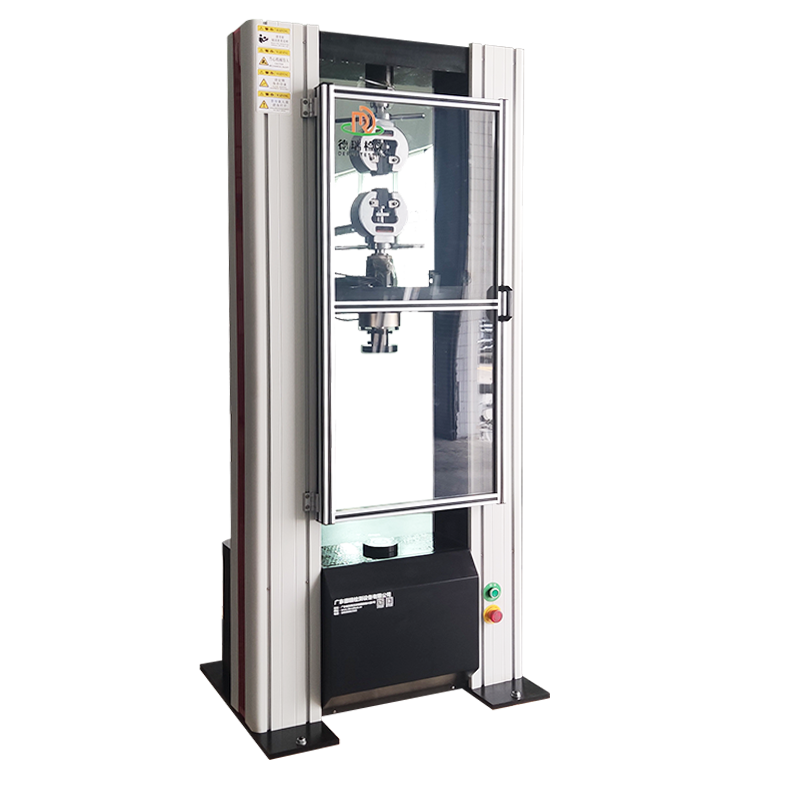
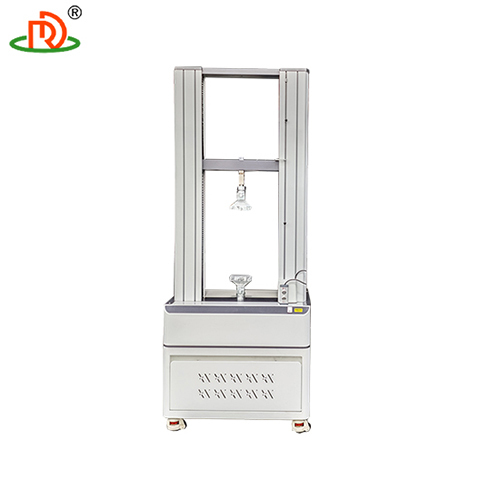
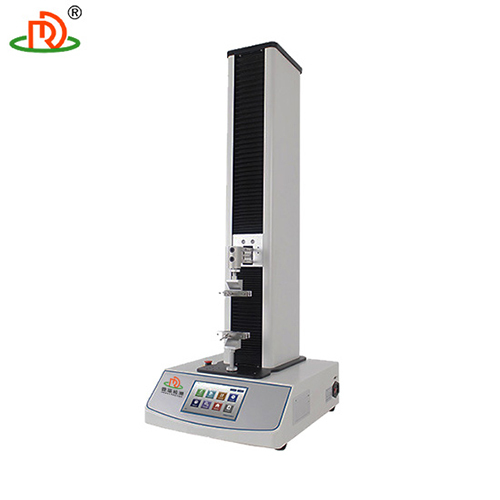

 English
English Spanish
Spanish French
French German
German Italian
Italian Chinese (Simplified)
Chinese (Simplified) Japanese
Japanese Korean
Korean Arabic
Arabic Portuguese
Portuguese